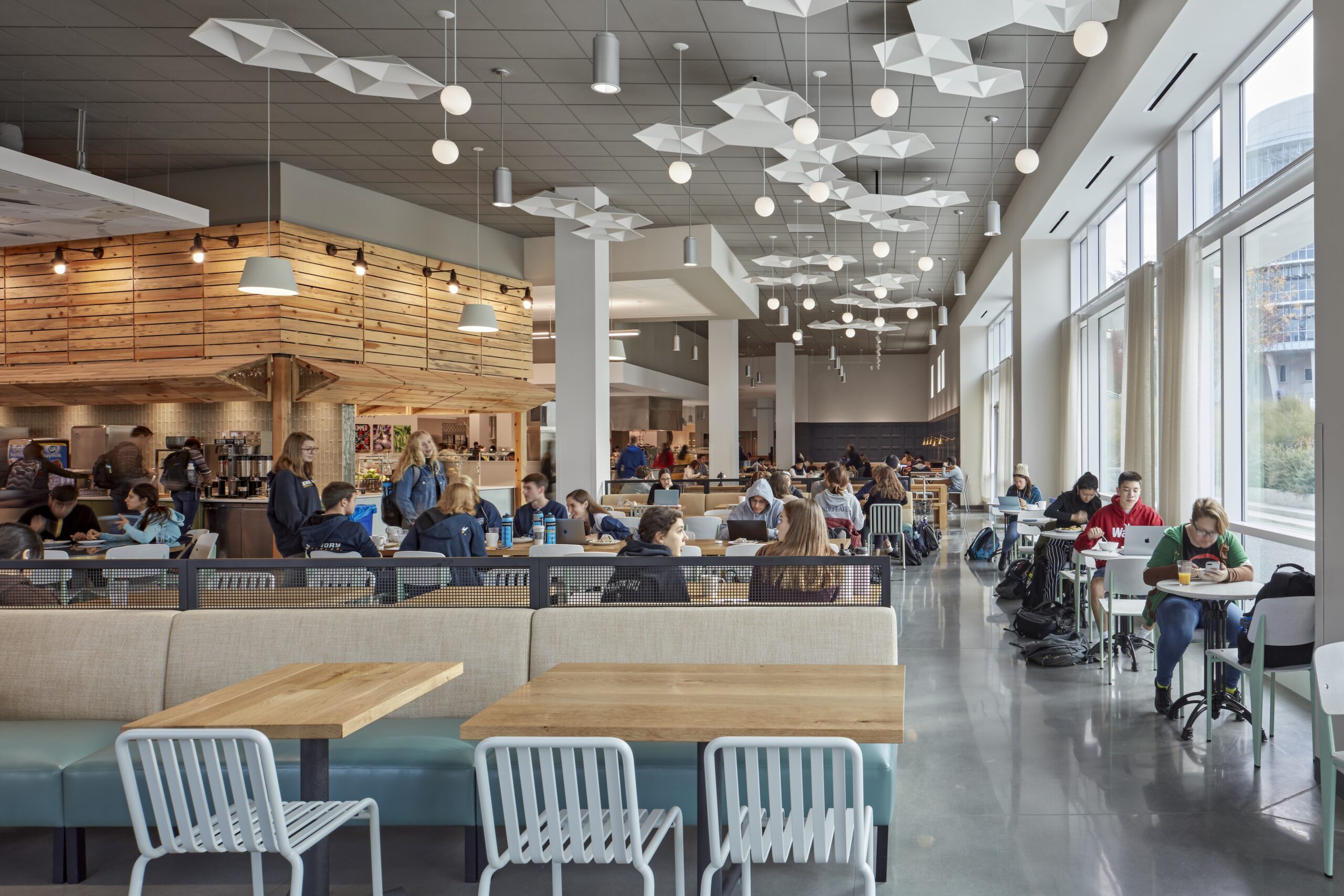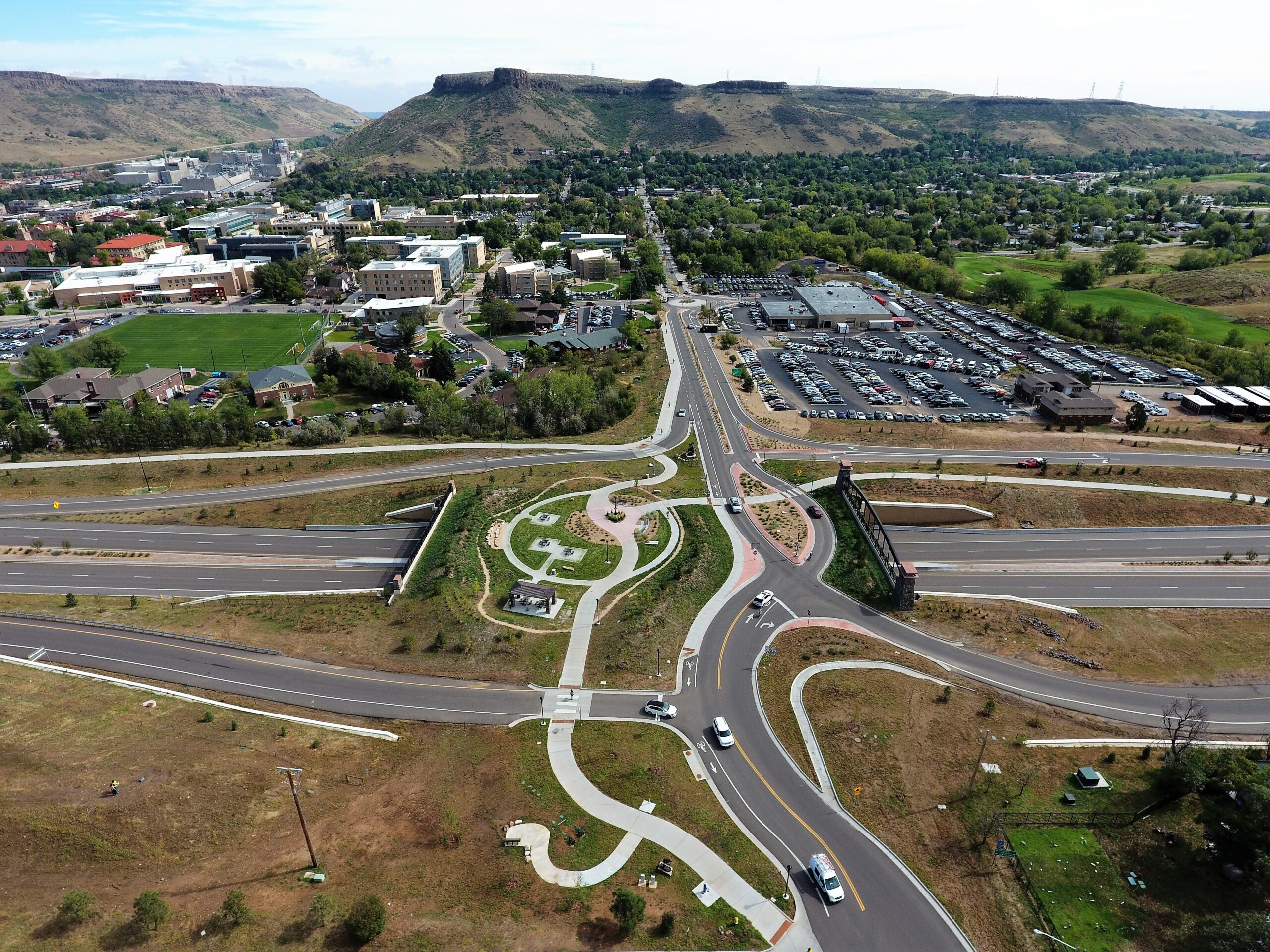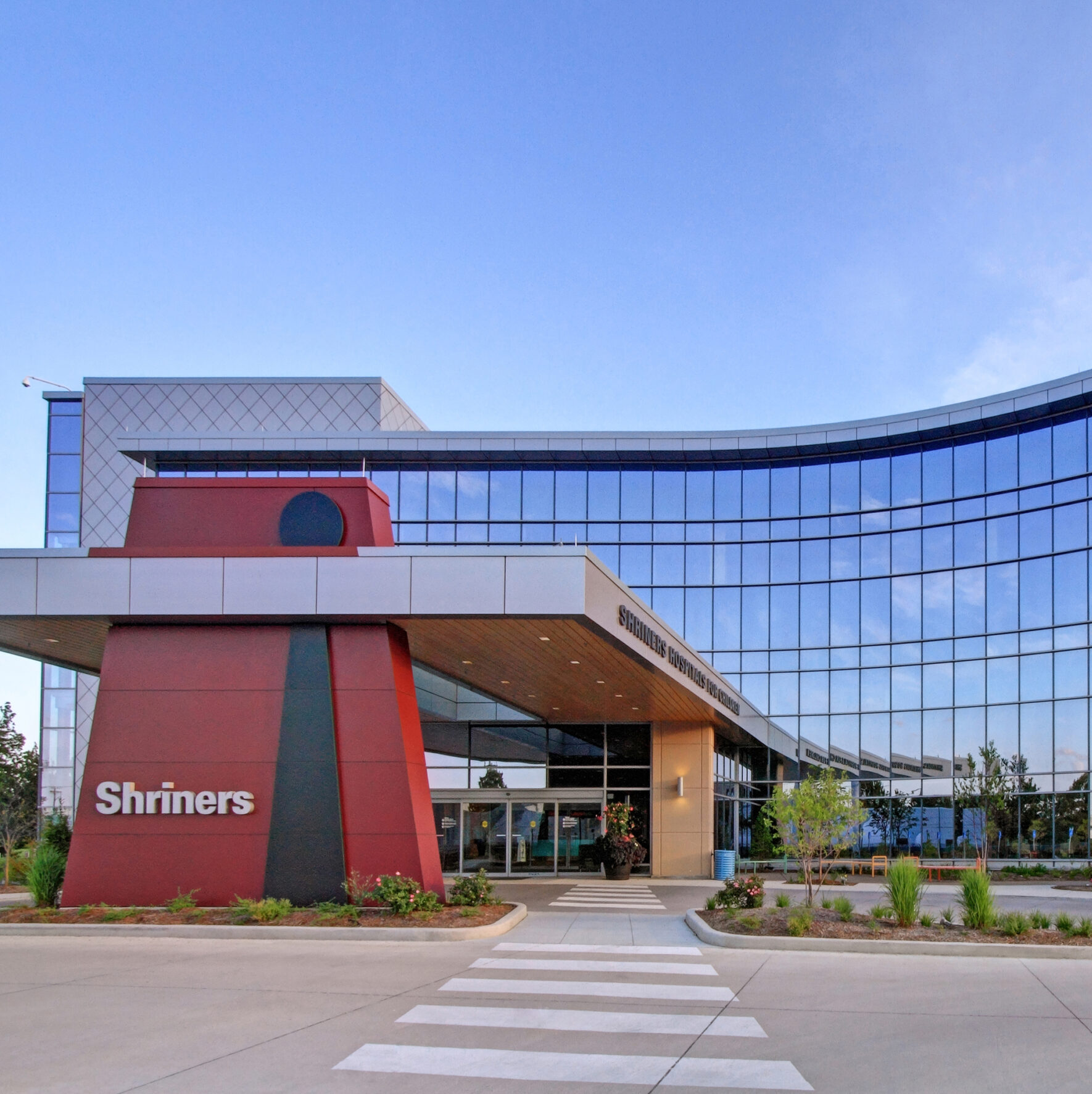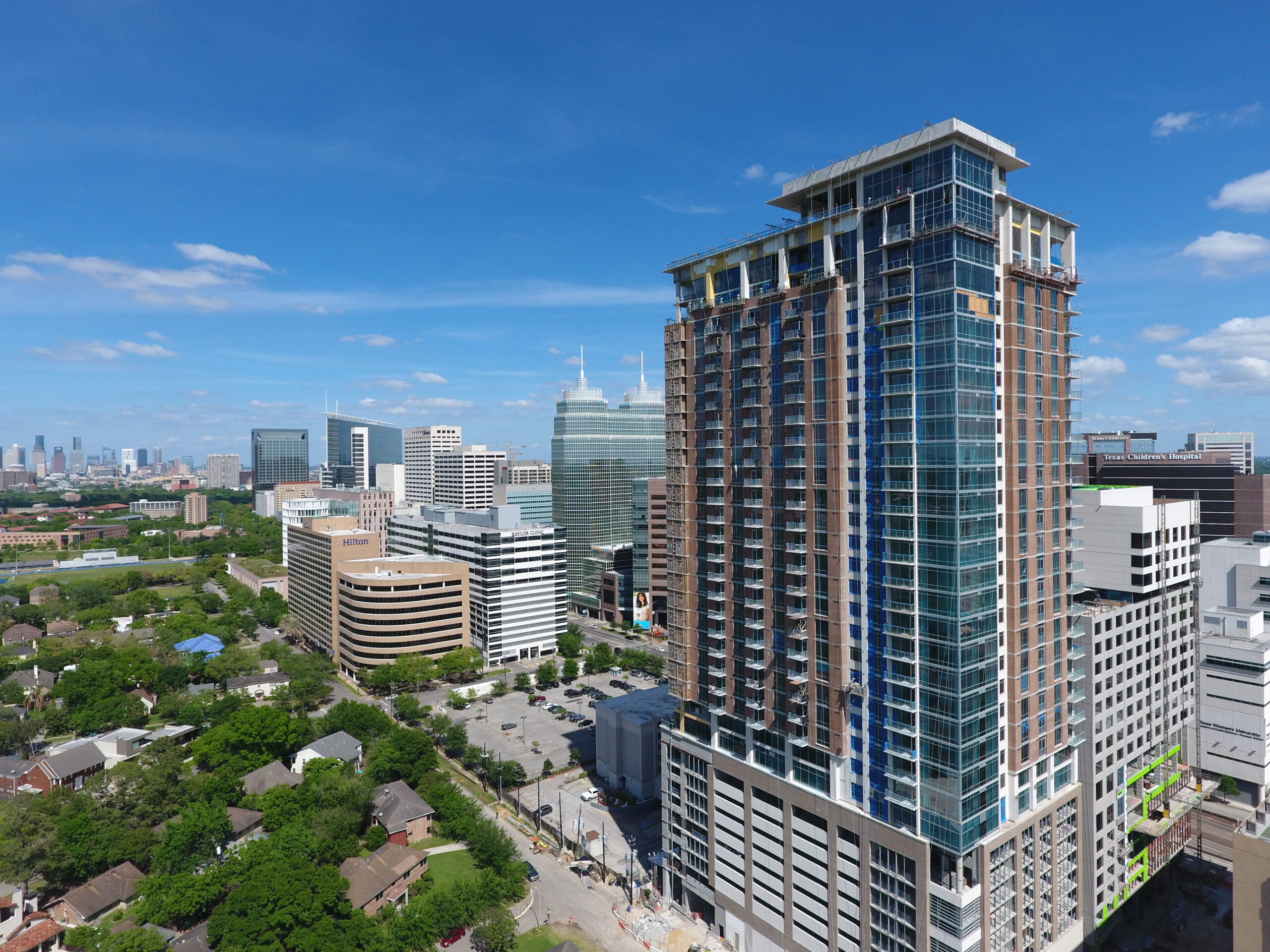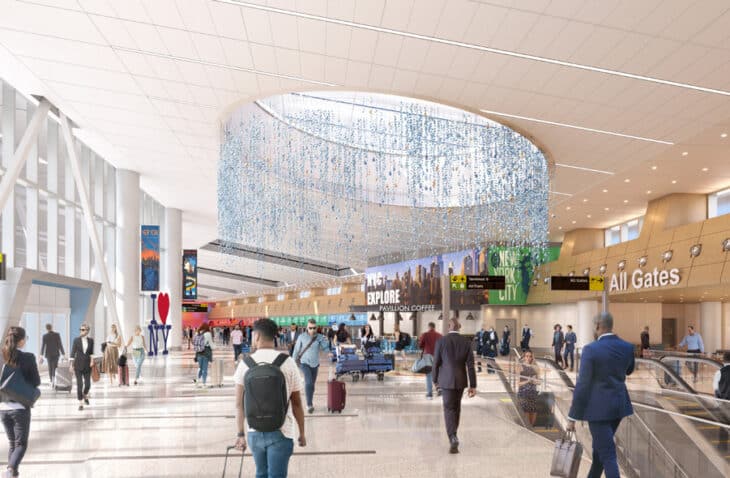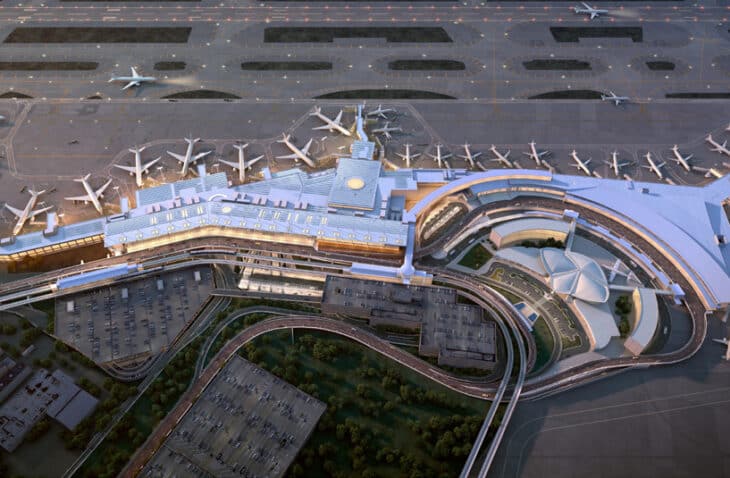New International Terminal
The project: JFK International Airport’s new Terminal 6 will add 10 gates and house both JFK Millennium Partners and JetBlue Airways. The design includes more than 100,000-sf of commercial, dining, retail, lounges, and recreational space. The project will also include a pooled fleet of electric ground support equipment (e-GSE), making it the first North American airport to implement the infrastructure across a new terminal.
The goal: Achieve LEED Gold certification and provide an optimized and unified experience for each airline, customers, and tenants, creating a world-class experience at one of the U.S.’s premier airports in support of The Port of Authority of New York and New Jersey’s (PANYNJ) goal to achieve net-zero emissions by 2050.
Design approach: The new terminal is a design-build delivery project.
Design highlight: IMEG engineers collaborated with the airside civil power team to provide more than 40 electric vehicle charging stations and facilitated the use of all electric ground service equipment at the terminal’s 10 gates. The design was based on the PosiCharge MVS platform with a power server and power stations connected to each grouping. The system operates on 480V input with an output range between 23 and 96V DC. The e-GSE equipment is sub-metered separately as a specific load type. This will allow the facility team to understand actual demand loads from the overall power usage of the ground service equipment. Metered data will be captured into the robust electrical power metering system the terminal is implementing.
Sustainable features: To support achieving LEED Gold certification, the design includes high-efficiency building systems, displacement ventilation, more than 4,000 solar panels to generate renewable energy, and stormwater capture and reuse.
Challenge: The building footprint is relatively narrow and has very high and open public spaces. Solution: IMEG was tasked to create innovative ways to distribute the MEP/FP systems throughout the building.
Challenge: The initial design was intended for an underground hand-off to the civil team. Due to the design-build and fast-paced nature of construction, slabs were poured before conduit infrastructure could be installed below grade. Solution: The design team revaluated above-ground conduit solutions and coordinated hand-off location at the perimeter of the terminal on the airside.
Expected outcome: The new facility, specifically the e-GSEs, represent a significant step toward PANYNJ’s industry-leading commitment to achieve net-zero emissions by 2050.


